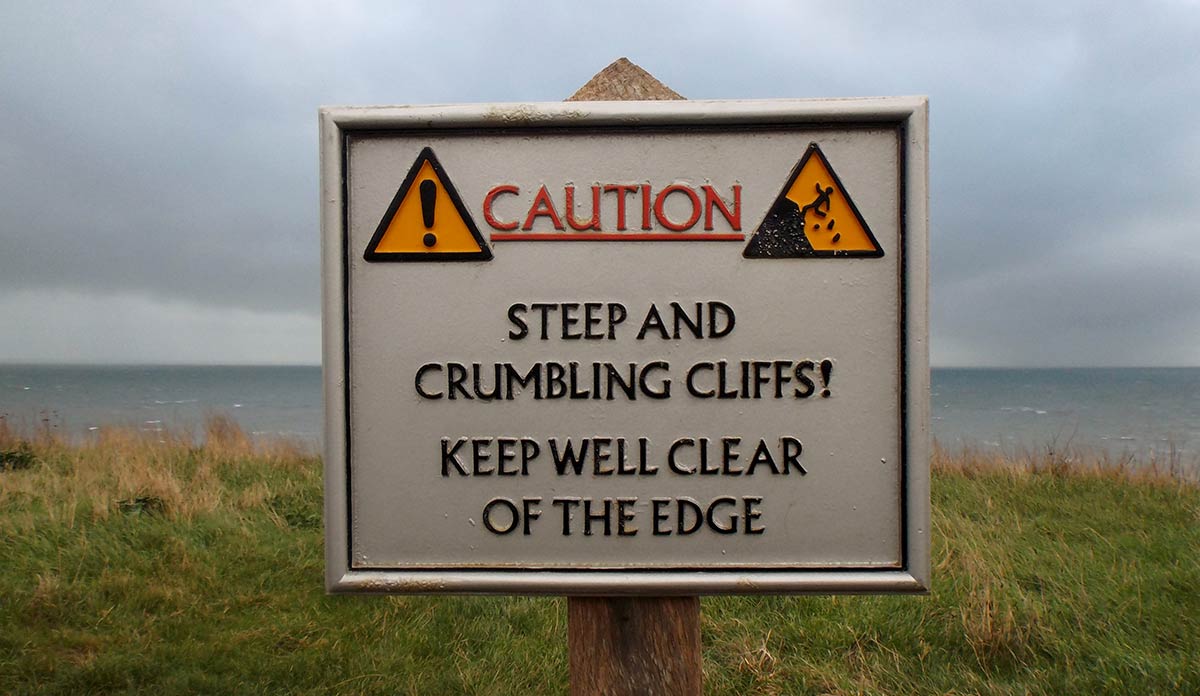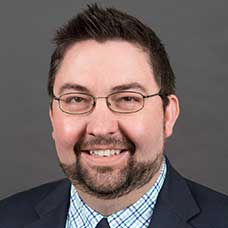We are well into September and Congress is back in session with an ambitious agenda before it, including the need to pass a budget—a process that has grown increasingly contentious in recent years. While the President has cut a deal with Democratic leaders to raise the debt ceiling and pass a budget for the first quarter of fiscal year 2018, this may simply kick the budget fight down the road into December while driving a wedge between the President and his fellow Republicans in Congress. In short, despite immediate signs to the contrary, things don’t necessarily look to be getting bipartisan anytime soon. Unfortunately, while tax reform has replaced Obamacare repeal as the primary Republican objective, the health of millions of Americans remains at-risk—tied tightly to the budget process. A number of policies and programs hang in the balance, including one near and dear to my heart: the community health center program.
Community health centers began as a demonstration project within President Lyndon Johnson’s War on Poverty. Starting with just two sites in 1965—one in Boston and one in rural Mississippi—health centers have become an integral part of the nation’s health care safety net. They provide primary care to all without regard for their ability to pay, and are a major source of care for both uninsured and Medicaid-enrolled individuals in underserved areas all across the country. After a few decades of Republican opposition, during which the program was maintained by career bureaucrats, today’s health center program enjoys broad bipartisan support.
Starting with just two sites in 1965—one in Boston and one in rural Mississippi—health centers have become an integral part of the nation’s health care safety net.
Now, however, as the following chart shows, the health center program faces a steep “funding cliff” if Congress does not pass a budget. Health centers receive enhanced Medicare and Medicaid payments, but they also rely on federal grant funds to offset the costs of providing uncompensated care. These funds come from a mixture of mandatory and discretionary sources. The mandatory funding was originally appropriated under the Affordable Care Act for five years as the “Health Center Trust Fund” and was extended for two more years as part of the Medicare Access and CHIP Reauthorization Act (MACRA). Prior to this, all health center funding was discretionary and occurred through annual budget appropriations. When Congress is unable to pass a timely budget, it has typically turned to a continuing resolution to fund the government at the level of the prior fiscal year. However, a continuing resolution will not extend the life of the Health Center Trust Fund. The resulting funding cliff represents a 70% cut in federal funding to health centers, and its impact would be catastrophic.

There is a wealth of evidence (see here, here, and here for examples) demonstrating that health centers provide access to high-quality, cost-effective primary care. Many of them also provide dental care and mental health services. In states that didn’t expand Medicaid, health centers remain essential providers of primary care for the uninsured, and in states that did expand Medicaid, research has shown that health centers continue to be an important source of primary care not only among the uninsured but also those who have gained public or private insurance coverage.
At last count, community health centers served approximately 25 million individuals at close to 10,000 delivery sites.
At last count, community health centers served approximately 25 million individuals at close to 10,000 delivery sites. According to a fact sheet from the National Association of Community Health Centers (NACHC), if the health center program is not adequately funded—that is, if it is allowed to drop off the edge of the “funding cliff”—the Department of Health and Human Services (DHHS) estimates that 2,800 delivery sites will close, 51,000 health center providers will be fired, and more than 9 million health center patients will lose access to care.
Fortunately, Rep. Jim Clyburn (D-SC) and Sen. Bernie Sanders (D-VT) have introduced The Community Health Center and Primary Care Workforce Expansion Act (H.R. 3059 / S. 1441), which would provide $5.1 billion in health center funding in FY 2018, increasing that amount over time to reach $12.5 billion in FY 2027. Estimates suggest that this would double health center capacity, allowing the program to serve 50 million people by 2028. While health centers have enjoyed bipartisan support in recent years, they could quickly become victims of a partisan budget process. Unless Congress acts quickly, one of the most successful—and politically favorable—components of the U.S. health care system will find itself inadequately funded. That, in my opinion, is both bad policy and bad politics.
Feature image: oatsy40, Warning Sign, used under CC BY-NC-ND 2.0. Chart made by author using data from the NACHC













